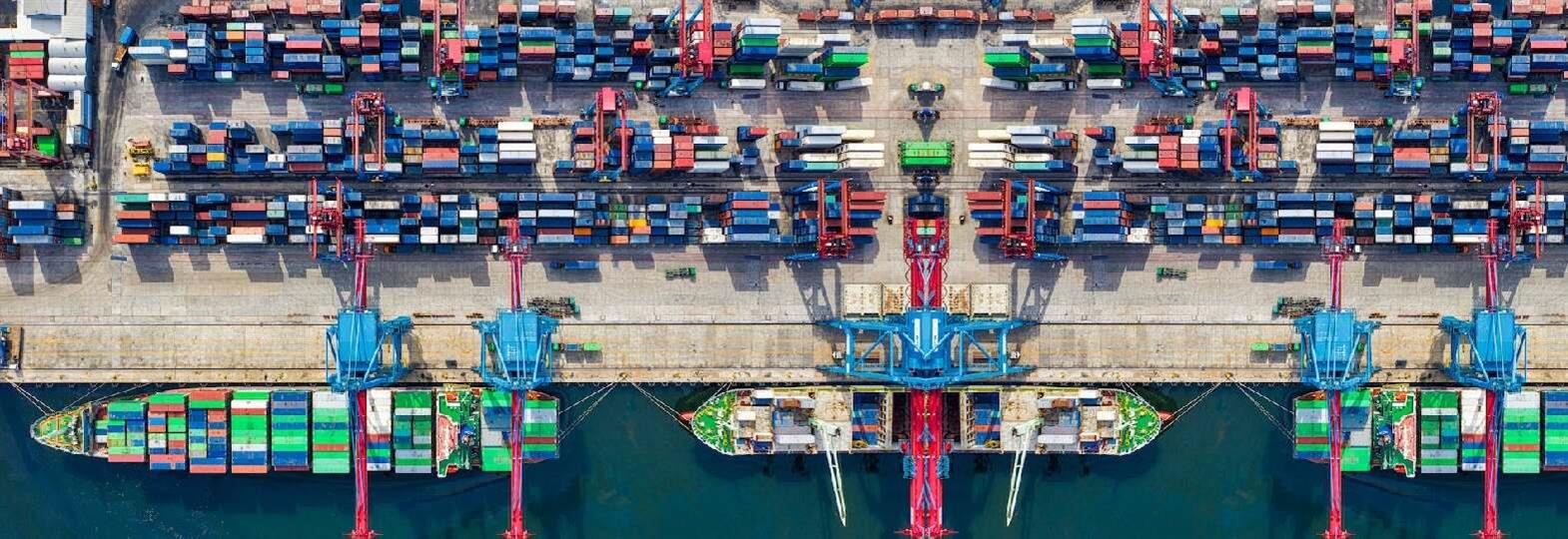But there is more to this industry than meets the eye. Diving deeper into this complexity, the Apparel Supply Chain Puzzle is revealed. This is a world where sustainability, efficiency, and ethics are beautifully woven together yet sometimes knot into daunting challenges.
Ready for disentanglement? The intricacies will be unraveled in the following article.
Setting the Scene: Understanding the Apparel Supply Chain Puzzle
The global apparel industry is an intricate system, involving multiple moving parts. At its core, there are designers and manufacturers who breathe life into trends by creating new styles. From raw material sourcing to ensuring finished clothes reach retail shelves, there is a multitude of processes.
However, this grand orchestra of logistics often faces discordance due to inefficiency or negligence in handling the processes. From fabric waste generated during production to products that never reach shops or customers due to poor planning or coordination, these pitfalls present complex challenges.
Yet, by understanding these intricacies within the system and where they arise from - be it supplier issues or design miscalculations - one can begin unraveling this puzzle piece by piece.
Going Green: Environmental Challenges and Sustainable Solutions
The environmental impact of the apparel industry is a puzzle piece that cannot be overlooked. From production processes that consume vast amounts of water to harmful emissions and landfill-bound waste, the industry has its fair share of environmental concerns.
However, greener solutions are emerging. For example, using organic cotton and eco-friendly dyes can lessen pollution while encouraging biodiversity. The practice of recycling and upcycling fabric waste into new designs presents another green solution.
Investing in sustainable practices not only impacts positively on our planet but also boosts brand reputation amongst increasingly eco-conscious consumers. After all, sustainability is no longer just a buzzword in fashion but a non-negotiable expectation from customers worldwide.
Actionable advice:
1. Invest in eco-friendly materials for production, such as organic cotton and naturally derived dyes.
2. Adopt recycling and upcycling practices where possible to make use of fabric waste.
3. Consider implementing innovative technologies like 3D printing to reduce production waste.
4. Promote ‘slow fashion’ concepts amongst customers encouraging them to buy less, but high-quality products that last longer.
The Need for Speed: Competing in Today’s Fast Fashion World
In today’s dynamic fashion industry, speed determines victories and falls. For brands to keep up with the shifting trends, they require efficient management of production and distribution. Yet, ensuring swift delivery without compromising quality or environmental responsibility is an indecisive check on a chessboard.
Technology plays a pivotal role here. Advancements in supply chain technology can address delays by providing real-time tracking, optimising routes for faster delivery, and implementing automation where possible, is beneficial.
To further bolster their operations, brands often partner with proficient logistics providers that have a proven track record of reliable service. For instance, collaborations with reputable nationwide movers ensure that products are efficiently transported across the country without delays or damage.
Fair Play: Ethical Concerns and How to Navigate Them in Supply Chain
The fashion industry’s puzzle does not end in managing timely deliveries or implementing eco-friendly practices, ethical considerations are equally crucial. Unfortunately, elements of exploitation and unfair trade practices persist in several parts of the industry’s supply chain.
Labour rights continue to be a pressing concern, with workers often facing unjust work conditions and inadequate pay. Fortunately, an increased international focus on these issues has prompted action and reform, but there is still a long way to go.
Adopting fair trade practices is a step towards positive change, ensuring that all parties involved receive equitable treatment. Brands can also conduct audits for transparency or join initiatives like the Fair Wear Foundation to actively promote occupational safety and worker rights throughout their supply chains.
Actionable steps:
1. Regularly conduct third-party audits to maintain transparency and accountability.
2. Collaborate with organisations like the Fair Wear Foundation for guidance on maintaining decent working conditions.
3. Implement fair trade models to ensure equitable treatment of all parties.
4. Open channels for worker feedback and concerns to promptly address any issues.
Sewing It All Together: Creating a Balanced and Robust Apparel Supply Chain
As the complex puzzle of the apparel supply chain is unraveled, it becomes clear that attaining perfection is not an overnight process. Every cog plays a crucial part - from sourcing eco-friendly materials and implementing efficient delivery systems to upholding ethical work standards. The trick is balancing all these aspects to create a sustainable, swift, and fair supply chain system.
To Sum up the Discussed Points:
1. Recognise the complexity of the apparel supply chain and identify potential pitfalls.
2. Implement green practices like using organic materials, recycling fabrics, and promoting ‘slow fashion’.
3. Leverage technology and reliable partners for efficient distribution.
4. Uphold ethics by applying fair trade models, carrying out regular audits for transparency, and joining initiatives that promote worker rights.
The fashion industry remains a challenging labyrinth to navigate. However, with diligent efforts in the right direction complimented with strategic partnerships and technology advancements, solving this puzzle becomes possible.










Comments